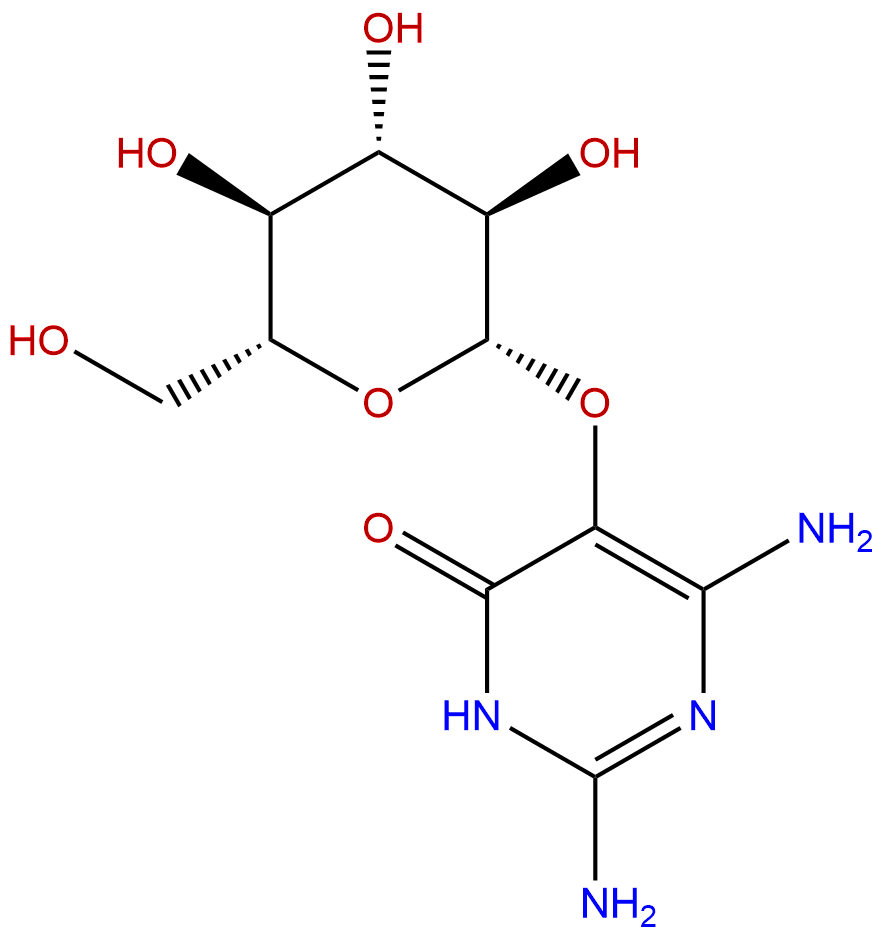
VicineCAS No.:152-93-2
|
||||||||||
 |
|
|
||||||||

| Catalogue No.: | BP3639 |
| Formula: | C10H16N4O7 |
| Mol Weight: | 304.259 |
Product name: Vicine
Synonym name:
Catalogue No.: BP3639
Cas No.: 152-93-2
Formula: C10H16N4O7
Mol Weight: 304.259
Botanical Source:
Physical Description:
Type of Compound:
Purity: 95%~99%
Analysis Method: HPLC-DAD or/and HPLC-ELSD
Identification Method: Mass, NMR
Packing: Brown vial or HDPE plastic bottle
The product could be supplied from milligrams to grams. Inquire for bulk scale.
We provide solution to improve the water-solubility of compounds, thereby facilitating the variety of activity tests and clinic uses.
For Reference Standard and R&D, Not for Human Use Directly.
Description:
Vicine is important natural fungicide. "High levels" of vicine or convicine or both might have shortened the birds' survival time by enhancing the neurotoxicity induced by "lower levels" of beta-cyanoalanine.
References:
J Sci Food Agric. 1978 Feb;29(2):136-40.
Favism-inducing toxins in broad beans (Vicia faba). Determination of vicine content and investigation of other non-protein nitrogenous compounds in different broad bean cultivars.
Vicine contents of seed coats and cotyledons of 58 cultivars of broad beans are reported.
METHODS AND RESULTS:
Seed coats contained up to 0.07% and cotyledons between 0.23 and 0.61 % a Vicine. Non-protein nitrogenous compounds in broad beans were analysed by thin-layer chromatography. Five compounds other than Vicine were isolated from broad bean extracts. These are, in order of increasing RF value, FLG, B1, D1, B2 and D2. The possibility of existence of these compounds in different cultivars was investigated. Their ultra-violet absorption spectra in three different pH conditions are reported.
Rostlinna Vyroba, 2002, 48(12):543-547.
Fungitoxicity of natural heterocycle glucoside vicine obtained from Vicia faba L. against selected microscopic filamentous fungi
Vicine and conVicine were isolated from mature seeds of Vicia faba L.
METHODS AND RESULTS:
These compounds were separated from the relevant fractions by HPLC and identified by IR, MS and NMR. Obtained Vicine was used for all bioassays. Vicine in concentra-tion of 25 μg in 1 ml of medium had significant toxic effect. The concentration of 5 μg of Vicine in 1 ml of medium had significant fungistatic effect for fungi Fusarium culmorum and Alternaria alternata. The concentration of 500 ng of Vicine in 1 ml of medium had significant fungistatic effect for fungi Cladosporium herbarum and Botrytis cinerea. The effective concentration of Vicine in our test was significantly lower than is the concentration of Vicine in seeds and pods of V. faba. The toxicity of Vicine comparing with the toxicity of insecticide Actellic was higher by one order. Also, the fungicide Impact had a lower toxicity than Vicine. Fungitoxic and fungistatic effect of Vicine was comparable with some other test-ed fungicides and with the plant saponin digitonin.
CONCLUSIONS:
Our results confirmed that Vicine is important natural fungicide.